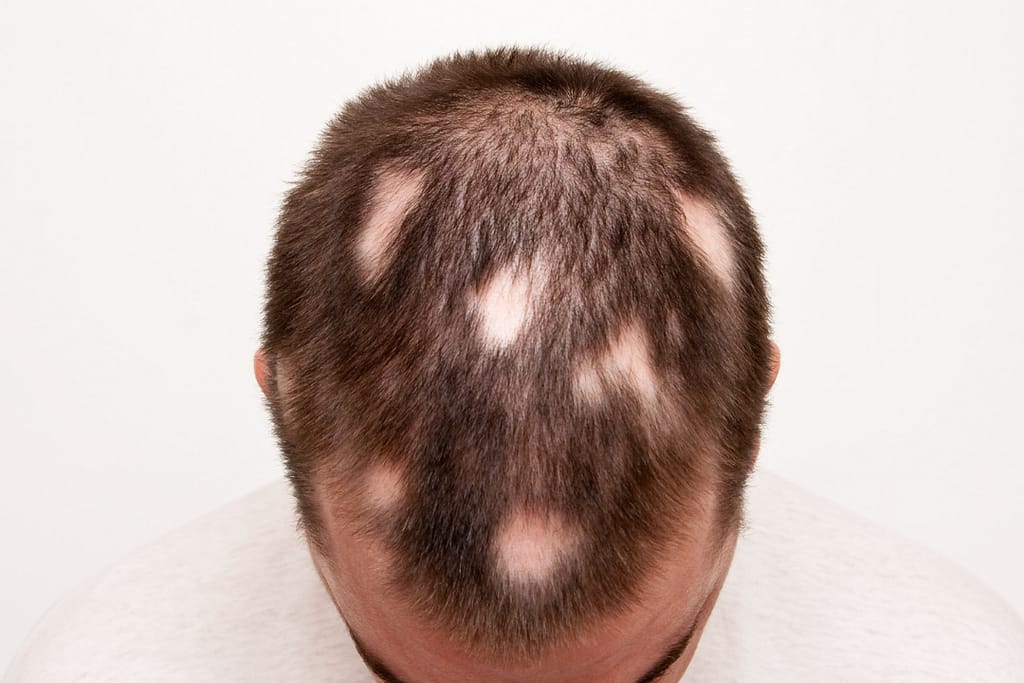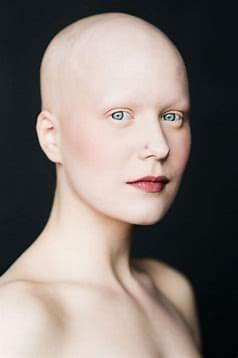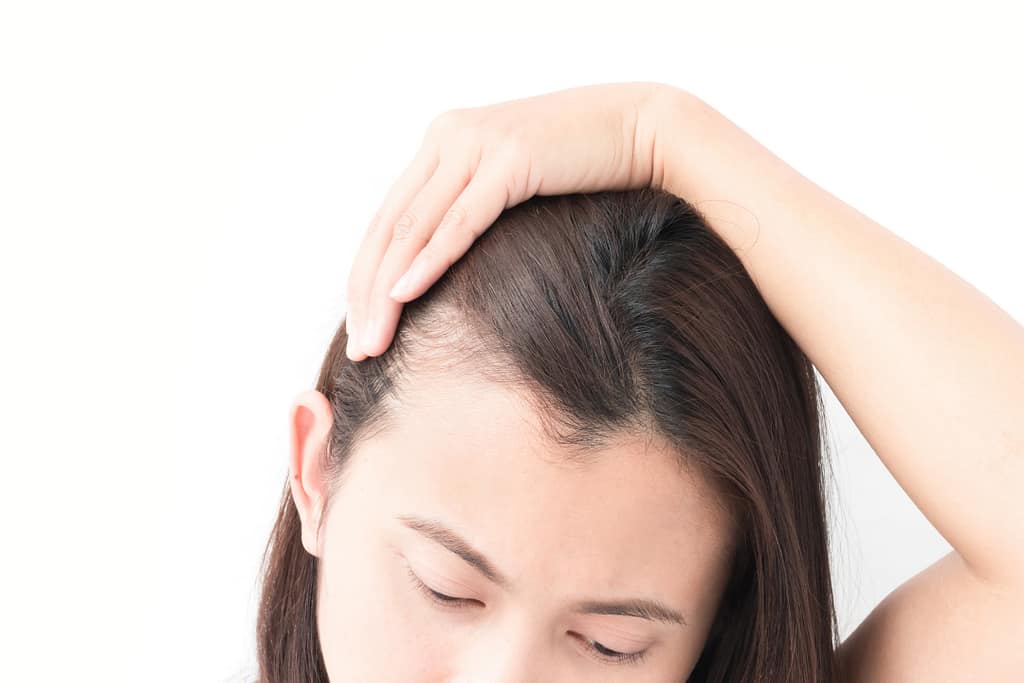Hair Conditions
Alopecia
Alopecia is the general term for hair loss and can cover a variety of conditions. It is vital that the correct type of alopecia is identified and treated accordingly. Alopecia can be non scarring or scarring. If it is scarring, the hair follicle will be totally destroyed, with no chance of any hair regrowth in the affected area. Alopecia affects Men, Women and Children, with 2 people in every 1000 in the UK being affected. See the links below for more information about some of the specific variances of Alopecia.

Alopecia Areata
Condition
Alopecia Areata is hair loss that appears in patches on the scalp, but can appear anywhere on the body.
Causes
Alopecia areata is caused by a problem with the body’s immune system, it mistakenly attacks the hair follicle, arrests the anagen,(growing phase of hair), the hair moves to telogen, (resting phase of hair growth), the hair is then shed quickly leaving the bald patches. Some peoples’ genes can make them more susceptible to alopecia areata, 10% – 20% of cases report a family history of the condition. Alopecia areata can occur at any age, although it’s more common in people aged 15-29. It affects one or two people in every 1,000 in the UK.
Treatment
The first step in any hair loss condition is an accurate diagnosis, from here a plan can be formed in order to achieve an outcome that you are comfortable with. In many cases of alopecia areata the hair will grow back in a few months. At first, the hair may grow back fine and white, but over time should thicken and regain its normal colour. Sometimes alopecia areata will spread and develop into either alopecia totalis or alopecia universalis. Alopecia areata does not have any one reliable cure, however there are treatments that can be given with varying degrees of success.

Alopecia Totalis
Condition
Alopecia Totalis is a loss of all of the hair on the scalp, hair in other areas of the body remains.
Causes
Alopecia Totalis is an Autoimmune condition where the autoimmune system attacks the hair follicles on the scalp, resulting in total hair loss on the scalp, eyebrows may or may not be affected but hair in other areas of the body remains.
Treatment
The first step in any hair loss condition is an accurate diagnosis, from here a plan can be formed in order to achieve an outcome that you are comfortable with. There is no known treatment for Alopecia Totalis but there are many different supportive options available including custom made wigs, ready to wear hair systems, fringes and innovative fashionable headwear. Counselling may also be a consideration to help to deal with this condition.

Alopecia Universalis
Condition
Alopecia Universalis is a loss of all of the hair on the scalp and throughout the rest of the body.
Causes
Alopecia Universalis is an Autoimmune condition where the autoimmune system attacks the hair follicles on the whole of the body resulting in total hair loss no hair remains anywhere on the body.
Treatment
The first step in any hair loss condition is an accurate diagnosis, from here a plan can be formed in order to achieve an outcome that you are comfortable with. There is no known treatment for Alopecia Universalis but there are many different supportive options available including custom made wigs, ready to wear hair systems, fringes and innovative fashionable headwear. Counselling may also be a consideration to help to deal with this condition.

Alopecia Ophiasis
Condition
Alopecia Ophiasisis a band of hair loss around the hair line, usually to the back of the head, but not always.
Causes
Alopecia Ophiasis is an Autoimmune condition where the autoimmune system attacks the hair follicles in a band around the hair line.
Treatment
The first step in any hair loss condition is an accurate diagnosis, from here a plan can be formed in order to achieve an outcome that you are comfortable with. There are many different supportive options available including ready to wear hair pieces, integrations and fashionable headwear.

Alopecia Universalis
Condition
Alopecia Barbaeis patchy loss of facial hair, usually affecting men. Alopecia Barbae is a variant of Alopecia Areata, localised to the beard area, it can appear as a single patch or multiple more widespread patches.
Causes
Alopecia Barbae is an Autoimmune condition where the autoimmune system attacks the hair follicles around the beard area causing a patch or multiple patches.
Treatment
The first step in any hair loss condition is an accurate diagnosis, from here a plan can be formed in order to achieve an outcome that you are comfortable with. There are many different supportive treatments available, as well as specialist skin pigmentation to disguise the patches.

Alopecia Mucinosa
Condition
Alopecia Mucinosa is a type of alopecia that results in scaly patches.
Causes
Alopecia Mucinosa is an Autoimmune condition where the autoimmune system attacks the hair follicles on the scalp, resulting in scaly patches.
Treatment
The first step in any hair loss condition is an accurate diagnosis, from here a plan can be formed in order to achieve an outcome that you are comfortable with. There are many different supportive treatments available, as well as ready to wear hair systems, integrations and headwear.

Traumatic Alopecia
Condition
Alopecia Barbaeis patchy loss of facial hair, usually affecting men. Alopecia Barbae is a variant of Alopecia Areata, localised to the beard area, it can appear as a single patch or multiple more widespread patches.
Causes
Alopecia Barbae is an Autoimmune condition where the autoimmune system attacks the hair follicles around the beard area causing a patch or multiple patches.
Treatment
The first step in any hair loss condition is an accurate diagnosis, from here a plan can be formed in order to achieve an outcome that you are comfortable with. There are many different supportive treatments available, as well as specialist skin pigmentation to disguise the patches.
